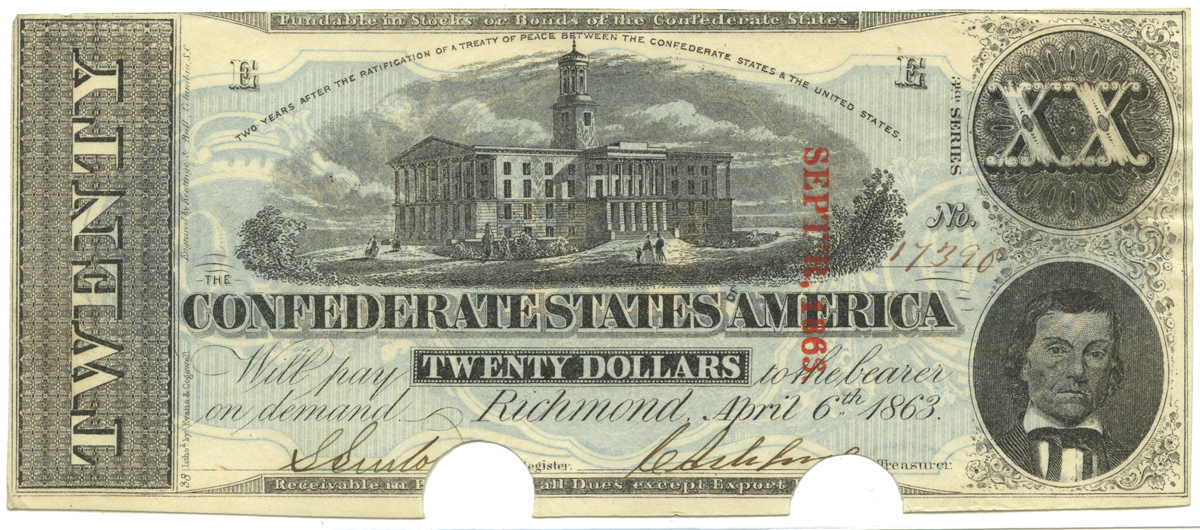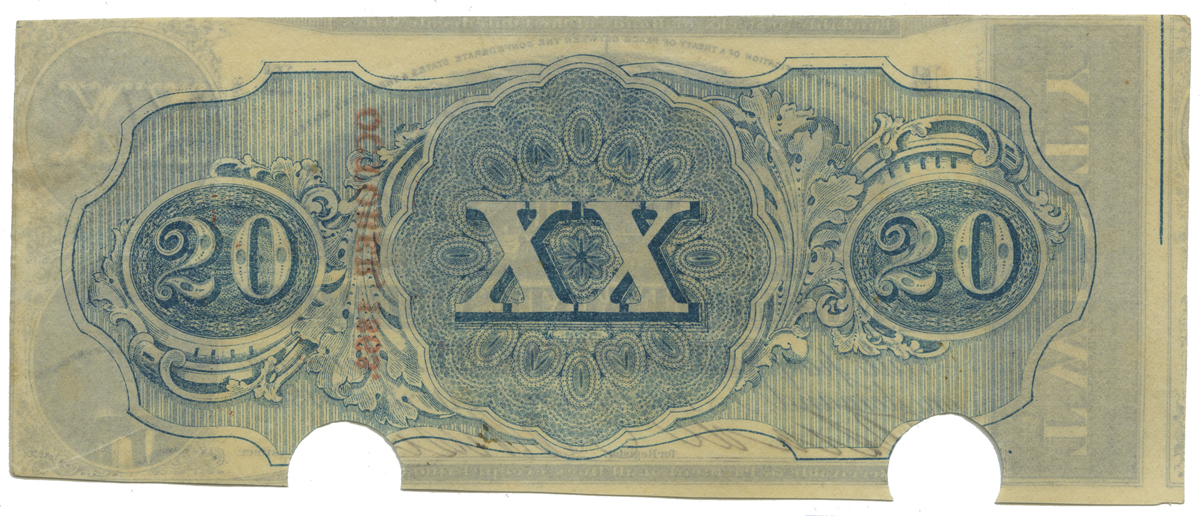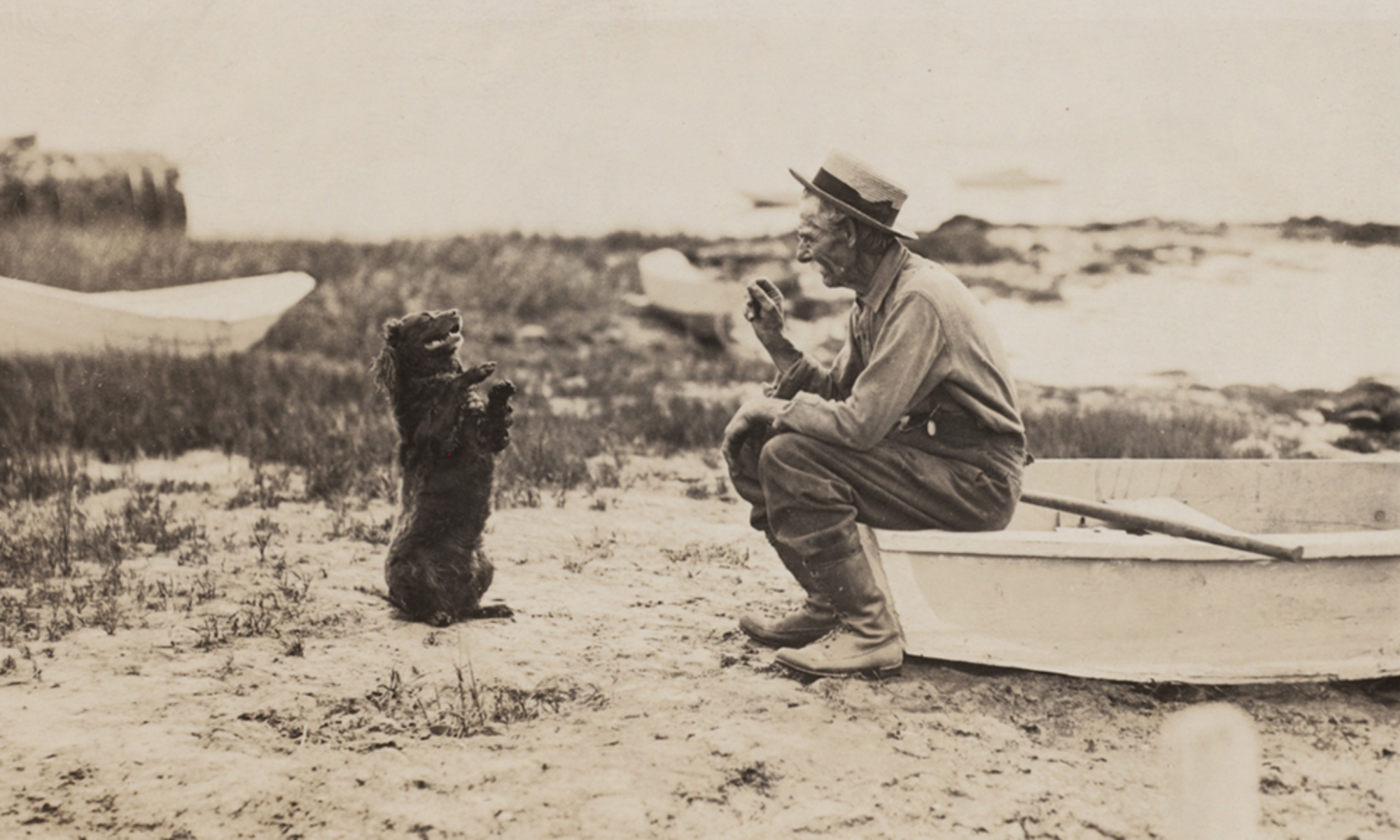Beginning in 1912, the U.S. Treasury decided to get rid of all of the Confederate currency that had been hanging around for 50 years or so. They didn’t just shred it: they sent sample sets to libraries, museums and other collecting institutions.

As Franklin MacVeagh, Secretary of the Treasury (and creator of the buffalo nickel) wrote to “Librarian” at the Frederic C. Adams Public Library on February 8, 1913,
“As your Library will no doubt be interested in receiving specimens of notes issued by the Confederate States of America, for exhibition purposes, I take pleasure in sending you an assortment of the same.
“These notes came into the possession of the Union Army about the close of the Civil War, and were turned over by the War Department to the Treasury of the United States in the year 1867.
“The Treasury Department has no complete series of the notes, and in presenting such specimens as are now in its custody the Department feels assured that proper disposition will be made for their safe-keeping so as to render them of permanent value to your Library as historical relics.”
Added to the historical collection by Kingston’s first public librarian Jennie McLauthlen and kept safe by her successors in the Local History Room, they are now on exhibit as items of permanent value for your viewing pleasure.

